Frustrating Mess
It can't happen here
-Frank Zappa
When they knock down your front door
how you gunna come
with your hands on your head
or on the trigger of your gun?
- The Clash
But if you go carrying pictures of Chairman Mao
You ain't gunna make it with anyone anyhow
- John Lennon
Greetings
These are frustrating times. Politics as usual seems dead locked. Special interests appear to be the only ones getting ahead. Meanwhile, we slide slowly in a slow motion ecocide.
This frustration can lead to reaching for straws in unlikely places. Some times it seems that "It can't get any worse" , But generally it can.
So, I offer you two illustrations., The first is the views of Frank Rotering , who argues that to save the biosphere, capitalism must be replaced a centrally planned economy. Second a plausible scenario from John Michael Greer, based on a recognizable historical analogue, where, in during confusing and painful times, a populace elected a party promising sweeping reforms, and ends up with more than they bargained for. (see below).
Rotering was recently interviewed at the Extra Environmentalist. He points to the destruction of various biological system, and suggest that what is needed is - less - a contraction of economic activity to a level which would provide for peoples needs, rather than their desires (which are after all, infinite.)
So far so good.
He recognizes that any move to such a system would be opposed by the powers that be, and therefore concludes that it could not be achieved gradually through reforming the system. To achieve this goal would require a revolution.
Yes, the "R" word.
Here's the argument from his website.
[But first, this caveat. I want to state for the record ( Hello NSA!) that neither I, nor Peakster Enterprises, nor any affiliated groups, nor the recipients of these missives, endorse or support illegal activity. ]
OK back to Rotering, who says
To cut a long story short, I determined that resolving the ecological crisis is a revolutionary task. Although a detailed examination of the required revolutions is beyond the scope of this article, I feel it is important to address the main objections that are typically raised against this approach:
1. Social change must be nonviolent. The doctrine of nonviolence is based largely on distorted historical accounts of Gandhi’s anti-colonial tactics and Martin Luther King’s civil rights struggles. It also ignores the fact that violence is pervasively used by global capitalism to maintain its dominant position, and that renouncing violence on principle is an implicit capitulation to this oppressive order. For more on this important topic, I recommend How Nonviolence Protects the State, a slim but incisive book by US activist Peter Gelderloos.
2. Revolution is too slow; we must stick to reforms. This is a false choice. As historical experience has repeatedly shown, a revolutionary threat is the most effective way to achieve meaningful reforms. The standard example is Roosevelt’s New Deal, which was forced on the US ruling class by the USSR-inspired revolutionary left. Naomi Klein makes this point in Shock Doctrine (p. 301).
3. Revolution is too disruptive socially. Revolution is indeed disruptive, but the continuation of capitalist rule, as Bolivian President Evo Morales has noted, will inevitably result in the biosphere’s destruction. The stark choice that humankind now faces is between social upheaval and ecological demise.
4. Revolution is unrealistic because the enemy is too powerful. This betrays a misunderstanding of the revolutionary process. A ruling class is never defeated at the peak of its legitimacy and power. The main task of a revolutionary movement is to undermine this strength, to weaken the resolve and silence the guns of ruling class defenders, to spawn a profusion of Bradley Mannings and Edward Snowdens. If this objection were consistently heeded, revolutions would never occur, thereby entrenching the prevailing order and condemning humankind to historical stasis.
To conclude, I understand that a revolutionary posture is profoundly challenging for even the most dedicated progressives. I can only respond that this choice is not capricious, but follows inescapably from humankind’s current predicament. If we are truly serious about solving global warming and salvaging the biosphere we will adopt the contractionary perspective and grasp the nettle of revolutionary action.
----
Below Greer's third essay on fascism, and the potential for tyranny in the US
---------
Fascism and the Future, Part Three: Weimar America
The discussion on fascism that’s taken up the last two weekly essays here on The Archdruid Report, and will finish up in this week’s post, has gone in directions that will very likely have surprised and dismayed many of my readers. Some of you, in fact, may even be jumping up and down by this point shouting, “Okay, but what about fascism? We’ve heard more than enough about Depression-era European dictators in funny uniforms, and that’s all very well and good, but what about realfascism, the kind we have in America today?”
If this is what’s going through your head just now, dear reader, you’re in interesting company. It’s a curious detail that in the last years of the Weimar Republic, a large number of avant-garde intellectuals and cultural figures were convinced that they already lived in a fascist country. They pointed, as many Americans point today, to the blatant influence of big business on the political process, to civil rights violations perpetrated by the administration in power or by state and local governments, and to the other abuses of power common to any centralized political system, and they insisted that this amounted to fascism, since their concept of fascism—like the one standard in today’s America—assumed as a matter of course that fascism must by definition defend and support the economic and political status quo.
In point of fact, as Walter Laqueur showed in his capable surveyWeimar: A Cultural History, denouncing the Weimar Republic as a fascist regime was quite the lively industry in Germany in the very late 1920s and early 1930s. Unfortunately for those who made this claim, history has a wicked sense of humor. A good many of the people who liked to insist that Weimar Germany was a fascist state got to find out—in many cases, at the cost of their lives—that there really is a difference between a troubled, dysfunctional, and failing representative democracy and a totalitarian state, and that a movement that promises to overturn a broken status quo, and succeeds in doing so, is perfectly capable of making things much, much worse.
It’s entirely possible that we could end up on the receiving end of a similar dose of history’s gallows humor. To an embarrassing degree, after all, political thought in modern America has degenerated into the kind of reflexive venting of rage George Orwell parodied in 1984 in the Two Minutes Hate. Instead of pouring out their hatred at a cinematic image of marching Eurasian soldiers juxtaposed with the sniveling face of Goldstein, the traitorous leader of the Brotherhood, the inhabitants of our contemporary Oceania have their choice of options neatly stapled to the insides of their brains. For Democrats, the standard target until recently was an image of George W. Bush dressed up as Heinrich Himmler, lighting a bonfire using the Constitution as tinder and then tossing endangered species into the flames; for Republicans right now, it’s usually a picture of Barack Obama dressed up as Ho Chi Minh, having sex with their daughters and then walking off with their gun collections. Either way, the effect is the same.
I wish I were joking. I know people who, during Dubya’s presidency, were incapable of passing a picture of the man without screaming obscenities at it, and I know other people who have the identical kneejerk reaction these days to pictures of the White House’s current inmate. I’ve commented here before how our political demonology stands in the way of any response to the converging crises of our time. The same sort of denunciatory frenzy was all the rage, in any sense of that word you care to choose, in Germany during the Weimar Republic—and its most important consequence was that it blinded far too many people to the difference between ordinary political dysfunction and the far grimmer realities that were waiting in the wings.
To explore the way that unfolded, let’s engage in a little thought experiment. Imagine, then, that sometime this spring, when you visit some outdoor public place, you encounter a half dozen young people dressed identically in bright green T-shirts, surplus black BDU trousers, and army-style boots. They’re clean-cut, bright, and enthusiastic, and they want to interest you in a new political movement called the American Peoples Party. You’re not interested, and walk on by.
A couple of months later you run across another dozen or so of them, just as bright and clean and enthusiastic as the first bunch. Now the movement is called the National Progressive American Peoples Party, NPAPP for short, and it’s got a twenty-five-point program focused on the troubled economy. You take a flyer, mostly because the young person who hands it to you is kind of cute. The twenty-five points don’t seem especially original, but they make more sense than what either Obama or the Republicans are offering. What’s more, the flyer says that the economy’s a mess and peak oil and climate change are real problem that aren’t going away, and this impresses you.
Over the months to come you see more and more of them, handing out flyers, going door to door to invite people to local caucus meetings, and doing all the other things that political parties used to do back when they were serious about grassroots organizing. A news website you follow shows a picture of the party’s chairman, a man named Fred Halliot;* he’s an earnest-looking guy in his thirties, an Army vet who did three tours in Afghanistan and earned a Silver Star for courage under fire. You glance at his face and then go look at something more interesting.
(*Yes, it’s an anagram. Work it out yourself.)
Meanwhile, the economy’s getting worse in the same slow uneven way it’s been doing for years. Two of your friends lose their jobs, and the price of gasoline spikes up to $5.69 a gallon, plunges, and finds a new stable point again well above $4. Obama insists that the recovery is already here and people just need to be patient and wait for prosperity to get to them. The Republicans insist that the only reason the economy hasn’t recovered yet is that the rich still have to pay taxes. The media are full of cheery stories about how the 2014 holiday season is going to be so big a hit that stores may run out of toys and electronic gewgaws to sell; there are record crowds on Black Friday, or that’s what the TV says, but nobody you know has the spare money to buy much this year. Not until midway through January 2015 does the media admit that the shopping season was a disaster and that two big-box chains have just gone broke.
Through all this, the new party keeps building momentum. As spring comes, Halliot begins a nationwide speaking tour. He travels in a school bus painted green and black, the NPAPP colors, and a Celtic tree-of-life symbol, the party’s new emblem. The bus goes from town to town, and the crowds start to build. A handful of media pundits start talking about Halliot and the NPPAP, making wistful noises about how nice it is to see young idealists in politics again; a few others fling denunciations, though they don’t seem to have any clear sense what exactly they’re denouncing. Both mainstream parties, as well as the Libertarians and the Greens, launch youth organizations with their own t-shirts and slogans, but their lack of anything approaching new ideas or credible responses to the economic mess make these efforts a waste of time.
The speaking tour ends in Washington DC with a huge rally, and things get out of hand. Exactly what happened is hard to tell afterwards, with wildly different stories coming from the feds, the mass media, the internet, and the NPAPP headquarters in St. Louis. The upshot, though, is that Halliot and two of his chief aides are arrested on federal conspiracy charges. The trial is a media circus. Halliot gives an impassioned speech justifying his actions on the grounds that the nation and the world are in deep trouble, radical change is needed to keep things from getting much worse, and civil disobedience is justified for that reason. He gets sentenced to four years in prison, and the other political parties breathe a huge collective sigh of relief, convinced that the NPAPP is a flash in the pan.
They’re wrong. The NPAPP weathers the crisis easily, and publicity from the trial gives Halliot and his party a major boost. Candidates from the new party enter races across the country in the 2016 elections, seizing much of the limelight from the frankly dreary presidential race between Hillary Clinton and Haley Barbour. When the votes are counted, the new party has more than three hundred city and county positions, forty-three seats in state legislatures, and two seats in the House of Representatives. The major parties try every trick in the book to overturn the results of each race, and succeed mostly in making themselves look corrupt and scared.
Then Halliot gets released from prison, having served only nine months of his sentence. (Word on the internet has it that the whole point of locking him up was to keep him out of the way during the election—but is that simply a NPAPP talking point? Nobody’s sure.) It turns out that he put the time to good use, and has written a book, A Struggle for the Soul of America, which hits the bookstalls the same week President Barbour is inaugurated. You leaf through a copy at the public library; it’s not exactly a great work of literature, and it’s written in a folksy, rambling style you find irritating, but it’s full of the kind of political notions that Americans swap over beers and pizza: the kind, in other words, that no mainstream party will touch.
The book has an edge that wasn’t in NPAPP literature before Halliot’s prison term, though. The government of the parties, he insists, must be replaced by a government of the people, guided by a new values consensus that goes beyond the broken politics of greed and special interests to do what has to be done to cope with the disintegrating economy, the challenge of peak oil, and the impacts of climate change. Time is short, he insists, and half measures aren’t enough to avoid catastrophe; a complete transformation of every aspect of American life, a Great Turning, is the only option left. Edgy though his language and ideas have become, you note, he’s still the only person in national politics who takes the economic, energy, and climate crises seriously.
The next autumn, as if on cue, the economic troubles go into overdrive. Petroleum prices spike again—you start commuting via public transit when the price of gasoline breaks $8 a gallon—and a big Wall Street investment bank that had huge derivative bets the other direction goes messily broke. Attempts to get a bailout through Congress freeze up in a flurry of partisan bickering. Over the next two months, despite frantic efforts by the Barbour administration, the stock market plunges and the credit markets seize up. Job losses snowball. Through the fall and winter, NPAPP people are everywhere, leafleting the crowds, staffing impromptu soup kitchens, marching in the streets. You would pay less attention, but by spring you’re out of a job, too.
The following years are a blur of grim headlines, hungry crowds at soup kitchens, and marching crowds in green and black. In the 2018 election, there are rumors, never proved, of NPAPP squads keeping opposition voters away from the polls in critical districts. One way or another, though, Halliot’s party seats six senators and 185 representatives in Congress, and takes control of the governments of a dozen states. The three-way split in the House makes it all but impossible to get anything done there, not that the Democrats or Republicans have any idea what to do, and the administration copies its last two predecessors by flailing and fumbling to no noticeable effect. One thing of importance does happen; to get NPAPP support to push a stopgap budget through the House in 2019, President Barbour is forced to grant a full federal pardon to Halliot, removing the last legal barrier to the latter’s presidential ambitions.
Fast forward to the 2020 elections, which are fought out bitterly in a flurry of marches, protests, beatings, riots, and charges and countercharges of vote fraud. When the dust has settled, it turns out that no party has a majority in the electoral college. The election goes to the House, and since neither of the major parties is willing to vote for the other major party’s candidate, Halliot ends up winning by a whisker-thin majority on the forty-second ballot. He is inaugurated on a bitterly cold day, surrounded by NPAPP banners and greeted by marching files of party faithful in green and black. He announces that he’s about to call a constitutional convention to replace the government of the parties with a government of the people, get the country back on its feet, and sweep away everything that stands in the way of the Great Turning that will lead America and the world to a bright new future. The crowd roars its approval.
Later that year, the crowds go wilder still when the old constitution is scrapped and the new one enacted. Those with old-fashioned ideas find some aspects of the new constitution objectionable, as it lacks such minor details as checks and balances, not to mention meaningful and enforceable guarantees of due process and civil rights. The media doesn’t mention that, though, because the “new values consensus” is enforced by Party officials—the capital letter becomes standard usage very quickly—and those who criticized the new constitution too forcefully, well, let’s just say that nobody’s quite sure where they are now, and most people know better than to ask.
And you, dear reader? At what point along that trajectory would you have decided that for all its seeming promise, for all the youth and enthusiasm and earnestness that surround it, the National Socialist German Workers Party and the folksy, charismatic veteran who led it were likely to be worse—potentially much, much worse—than the weary, dreary, dysfunctional mess of a political system they were attempting to replace? Or would you end up as part of the cheering crowds in that last scene? You don’t have to tell me the answer, but in the silence of your own mind, take the time to think it through and face the question honestly.
What almost always gets forgotten about the fascist movements of Europe between the wars is just how much promise they seemed to hold, and how many people of good will saw them as the best hope of the future. Their leaders were young—Hitler was 43 when he became chancellor of Germany, the same age as John F. Kennedy at his inauguration, and Mussolini was only 39 when he became prime minister of Italy—and most of the rank and file of both men’s followers were younger still. Hitler’s party, for example, had a huge success among German college students long before it had a mass following anywhere else. Both parties also drew to a very great extent on the avant-garde culture and popular ideas of their time. How many people even remember nowadays that before the Second World War, the swastika was seen as a pagan symbol of life, redolent of ancient roots and primal vitality, with much the same cultural ambience that the NPAPP’s Celtic tree-of-life emblem might have in America today?
The fascist movements of the 1920s and 1930s were thus closely attuned to the hopes and fears of the masses, far more so than either the mainstream parties or the established radical groups of their respective countries. Unlike the imagined “fascism” of modern radical rhetoric, they were an alternative to business as usual, an alternative that positioned itself squarely in the abandoned center of the political discourse of their eras. In terms of that discourse, in the context of their own times and places, the talking points of the fascist parties weren’t anything like so extreme as they appear to most people nowadays—and we forget that at our deadly peril.
That’s the thing I tried to duplicate in the thought experiment above, by changing certain details of German national socialism so I could give the National Progressive American Peoples Party a contemporary slant—one that that calls up the same reactions its earlier equivalent got in its own place and time. Antisemitism and overt militarism were socially acceptable in Germany between the wars; they aren’t socially acceptable in today’s United States, and so they won’t play a role in a neofascist movement of any importance in the American future. What will play such roles, of course, are the tropes and buzzwords that appeal to Americans today, and those may very well include the tropes and buzzwords that appeal most to you.
There’s a deeper issue I’ve tried to raise here, too. It’s easy, comfortable, and (for the manufacturers and distributors of partisan pablum) highly profitable to approach every political conflict in the simplistic terms of good versus evil. The habit of seeing political strife in those terms becomes a reliable source of problems when the conflict in question is actually between the good and the perfect—that is, between a flawed but viable option that’s within reach, and a supposedly flawless one that isn’t. The hardest of all political choices, though, comes when the conflict lies between the bad and the much, much worse—as in the example just sketched out, between a crippled, dysfunctional, failing democratic system riddled with graft and abuses of power, on the one hand, and a shiny new tyranny on the other.
It may be that there are no easy answers to that conundrum. Unless Americans can find some way to step back from the obsessive partisan hatreds that bedevil our political life, though, it’s probably a safe bet that there will be no answers at all—not, quite possibly, until the long and ugly list of the world’s totalitarian regimes gets another entry, complete with the usual complement of prison camps and mass graves. As long as the word “fascism” retains its current status as a meaningless snarl word that’s normally flung at the status quo, certainly, that last possibility seems far more likely than any of the alternatives.
Labels: ecocide, Greer, revolution, Rotering
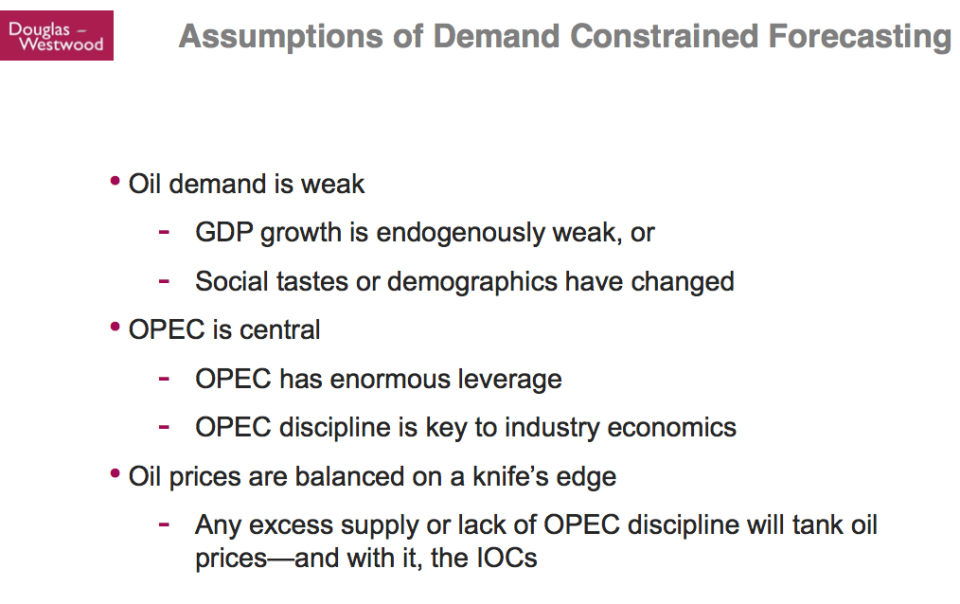
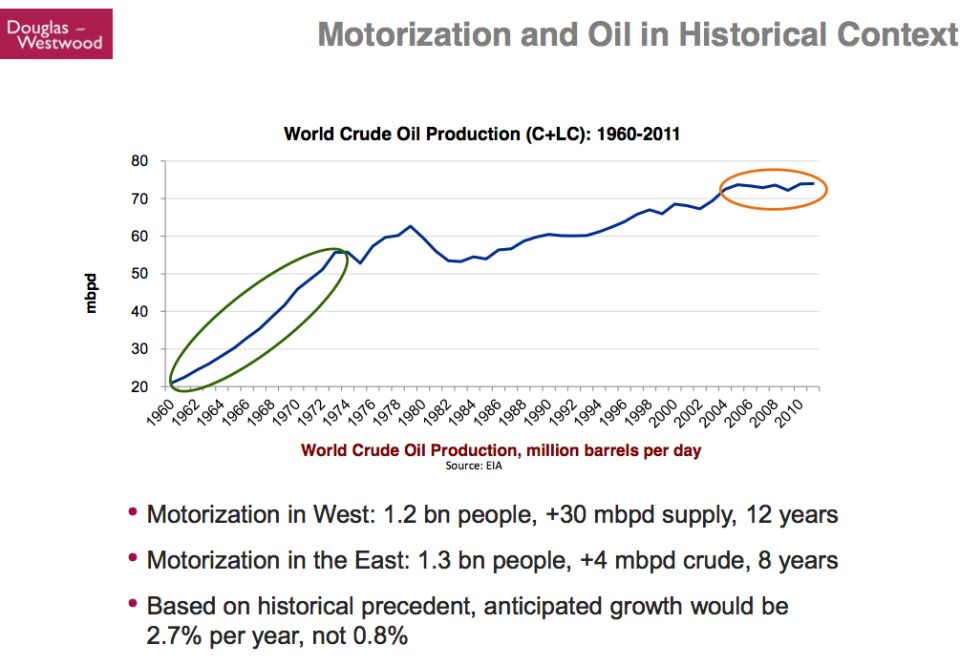
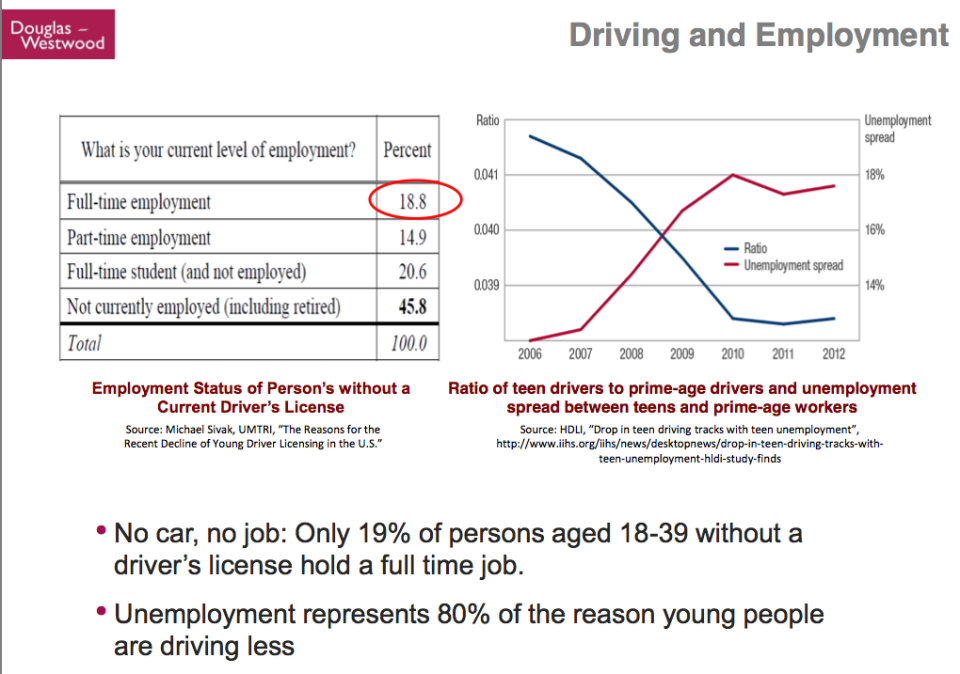
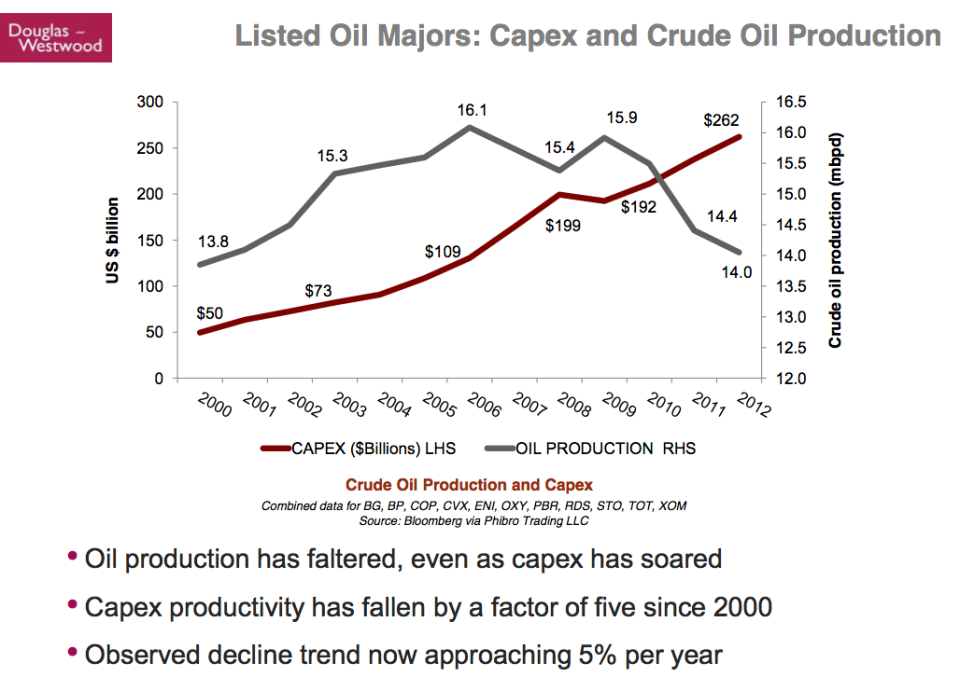

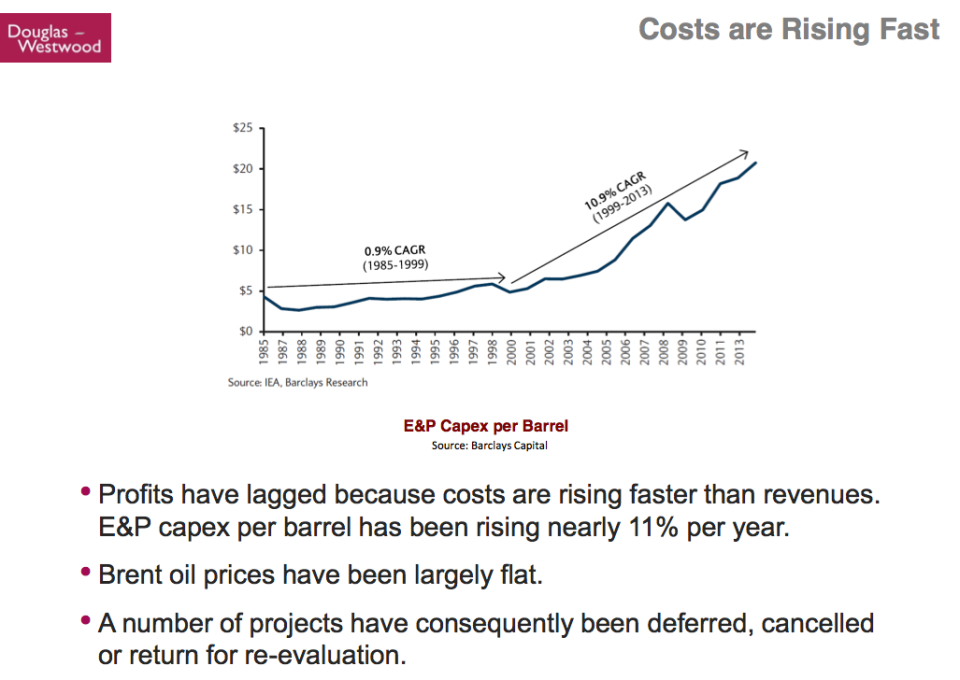
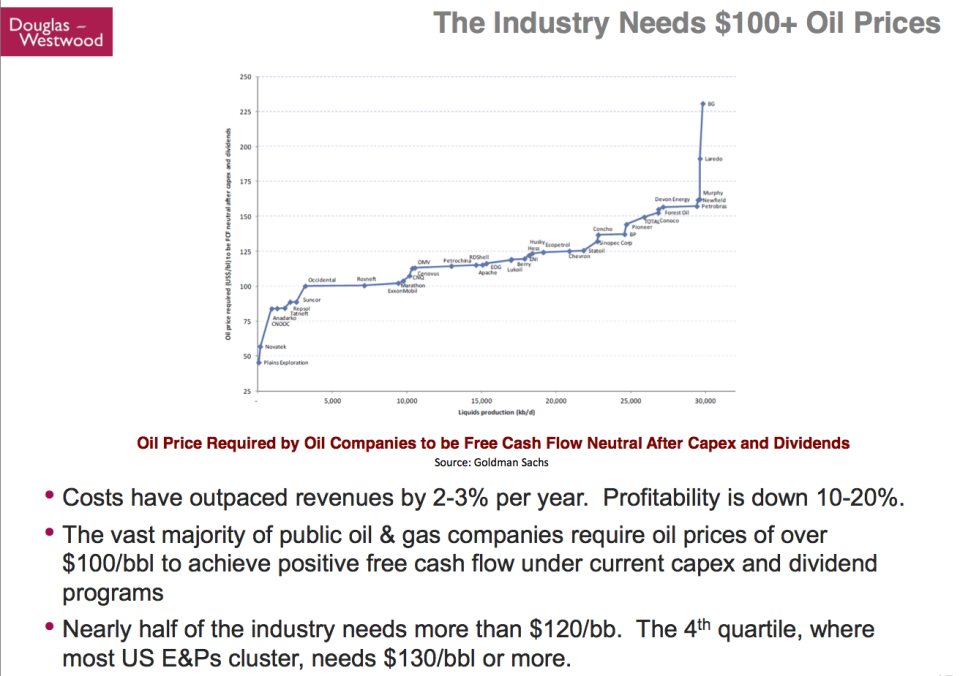

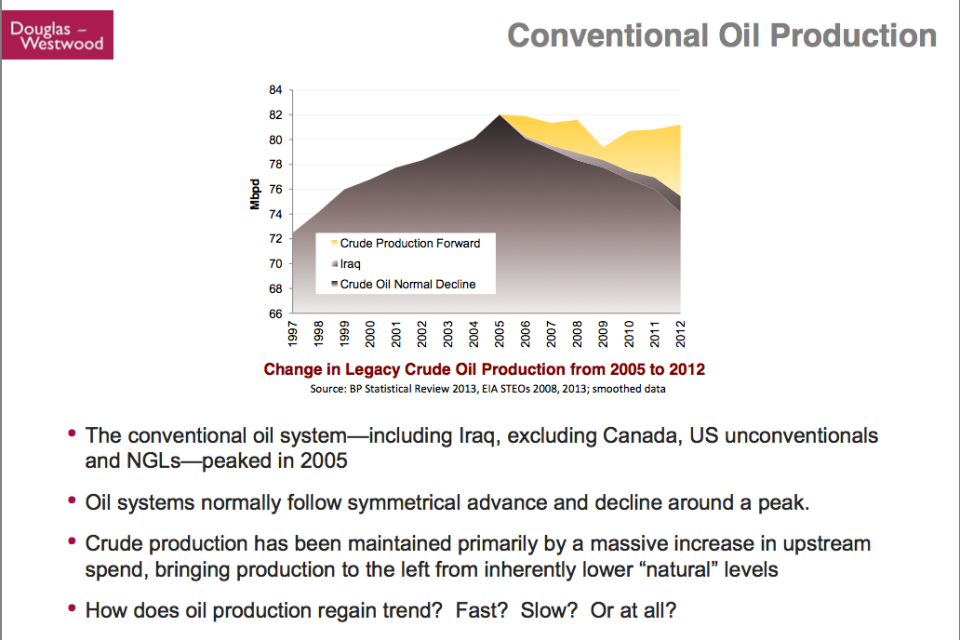

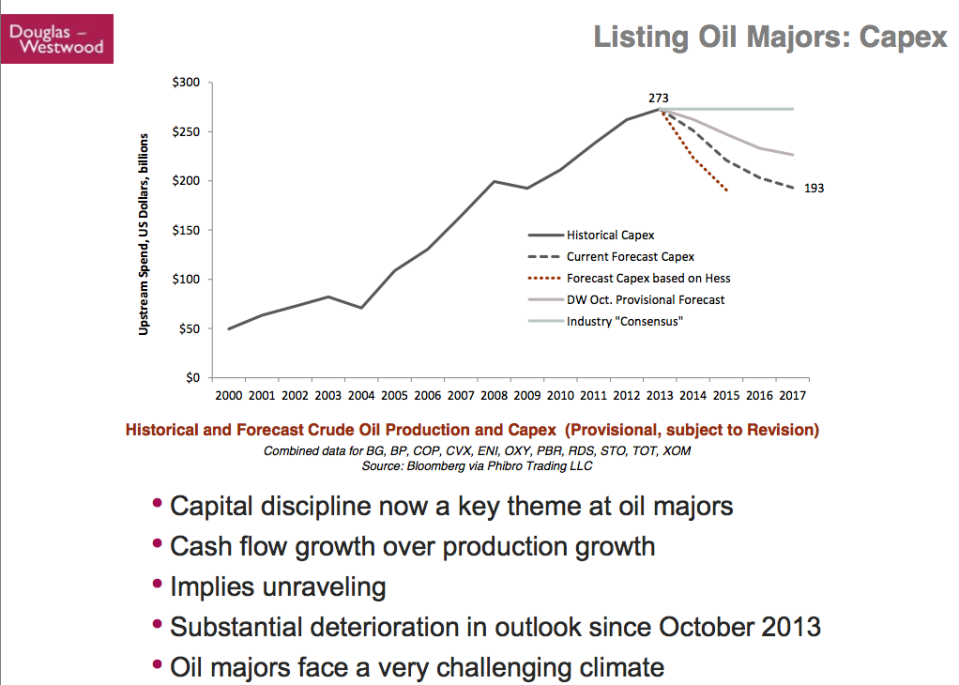
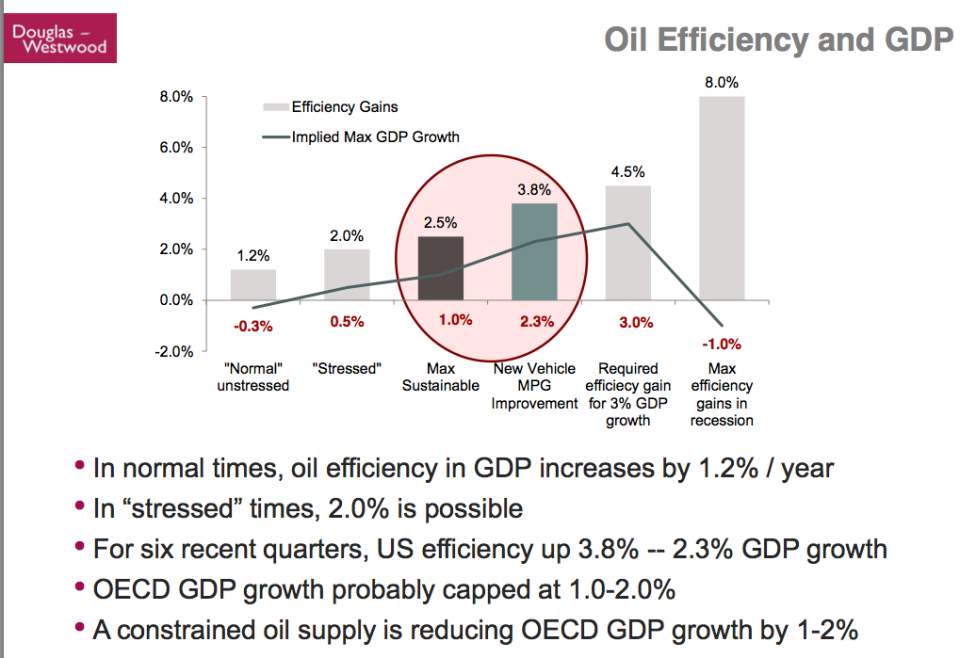
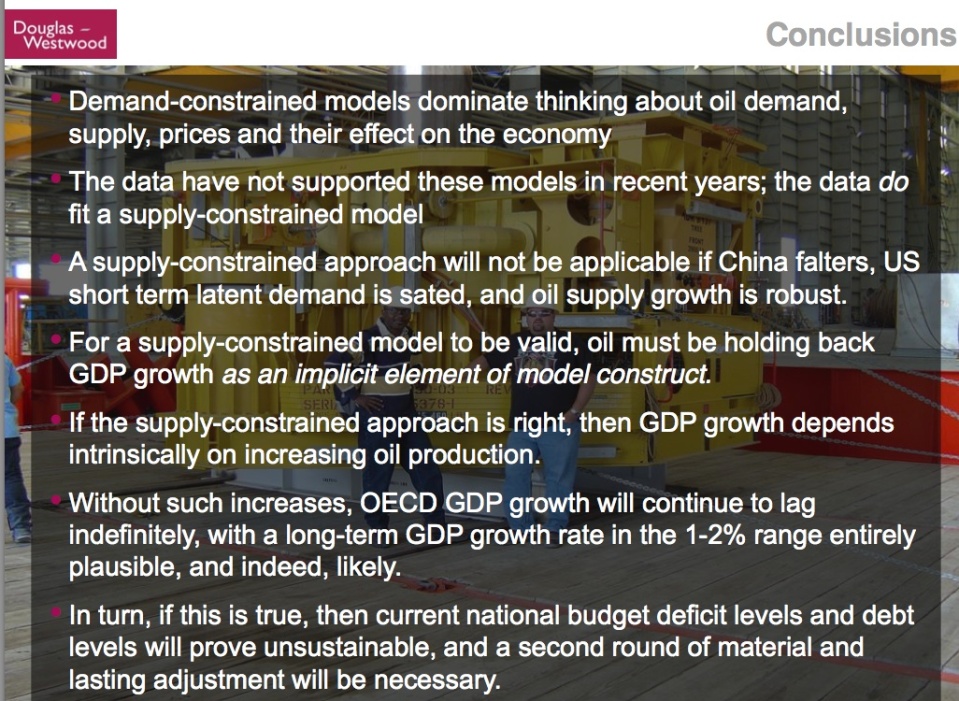
 Life often presents us with paradoxes, but seldom so blatant or consequential as the following. Read this sentence slowly: Today it is especially difficult for most people to understand our perilous global energy situation, preciselybecause it has never been more important to do so. Got that? No? Okay, let me explain. I must begin by briefly retracing developments in a seemingly unrelated field—climate science.
Life often presents us with paradoxes, but seldom so blatant or consequential as the following. Read this sentence slowly: Today it is especially difficult for most people to understand our perilous global energy situation, preciselybecause it has never been more important to do so. Got that? No? Okay, let me explain. I must begin by briefly retracing developments in a seemingly unrelated field—climate science.
